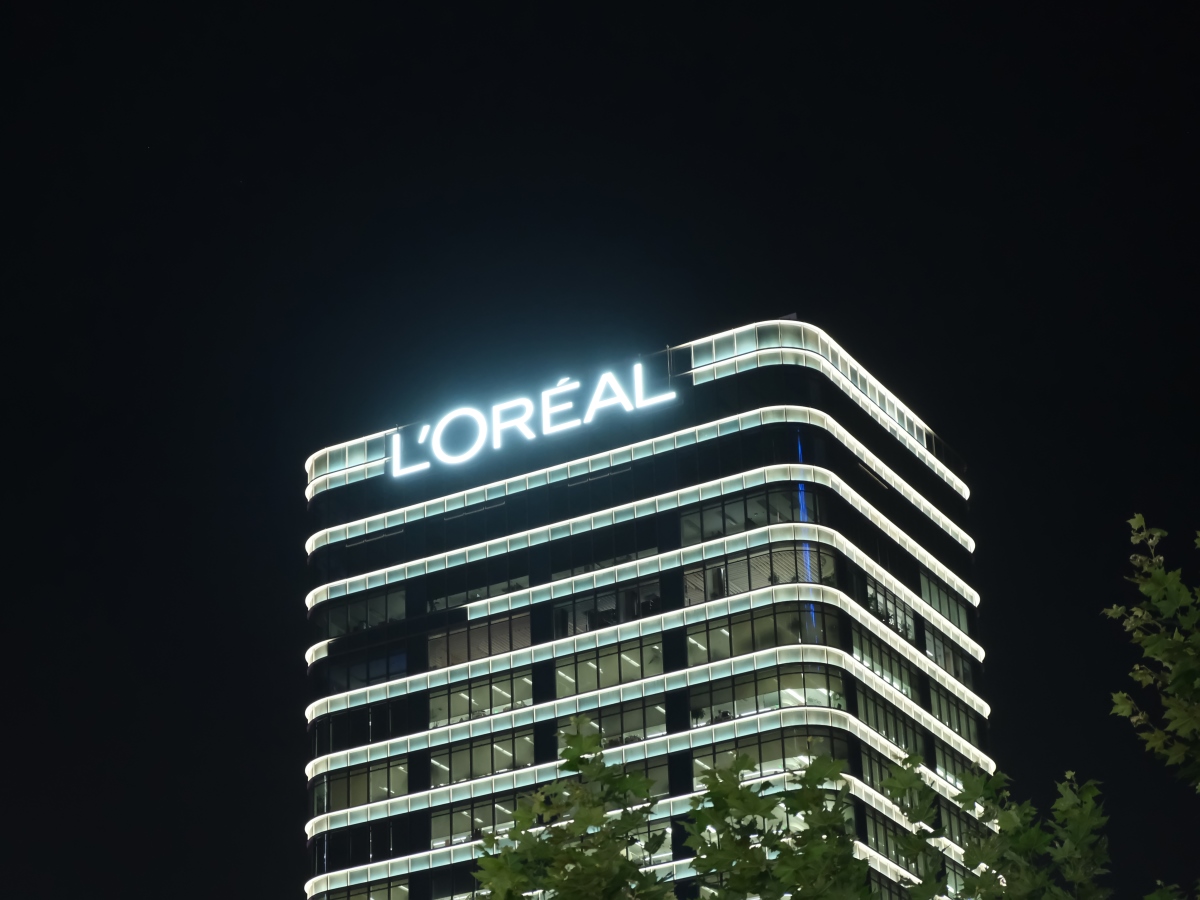L’Oréal’s Active Cosmetics division has achieved phenomenal double-digit growth over the past few years. 2022 was no exception with sales surging 21.9 per cent to 5.124 billion euros (AUD$8.05 billion) – twice the rate of growth of the worldwide dermocosmetics markets as a whole.
The star performer of the portfolio is La Roche-Posay, which was the fastest growing brand in the global dermocosmetics market in 2022. Other high-recognition stablemates are CeraVe, Vichy, SkinCeuticals, Decleor Paris and Skin Better Science, the US physician-focused brand acquired by L’Oréal last September.
L’Oréal has announced a name change for its stellar Active Cosmetics division, which will become L’Oréal Dermatological Beauty. But the strategy has real purpose says Myriam Cohen-Welgryn, worldwide president of L’Oréal Dermatological Beauty.
“More than two billion people suffer from skin issues today and L’Oréal has made the business decision to shift towards the support of medical professionals.
“It helps us stand more clearly for who we are: brands that accompany dermatologists, paediatricians and pharmacists in the daily support of their patients”.
There’s still plenty for L’Oréal to build on as it targets anti-ageing and skin concerns caused by pollution and stress. During the Covid-19 pandemic, more consumers worldwide looked to boost the health of their skin through dermocosmetics. A trend which is still growing strongly and shows no sign of petering out.
L’Oréal is also looking for growth in India across its major brands. Nicolas Hieronimus, CEO of L’Oréal, told the multinational’s 2022 annual earnings conference that the sub-continent was on track to be the next US$1 billion market for the world’s largest beauty company.
The middle class population of India currently stands at between 200 million and 300 million and is expected to double over the next five to 10 years. L’Oréal already has a 500 million euro (AUD$786.2 million) business in India, so the new earnings target is well within reach.
We have high ambitions, said Hieronimus. “Statistics says, that by 2030, India will represent 20 per cent of the world’s population and 30 per cent of the qualified workforce, So, it will definitely be a driver of growth for us.”

